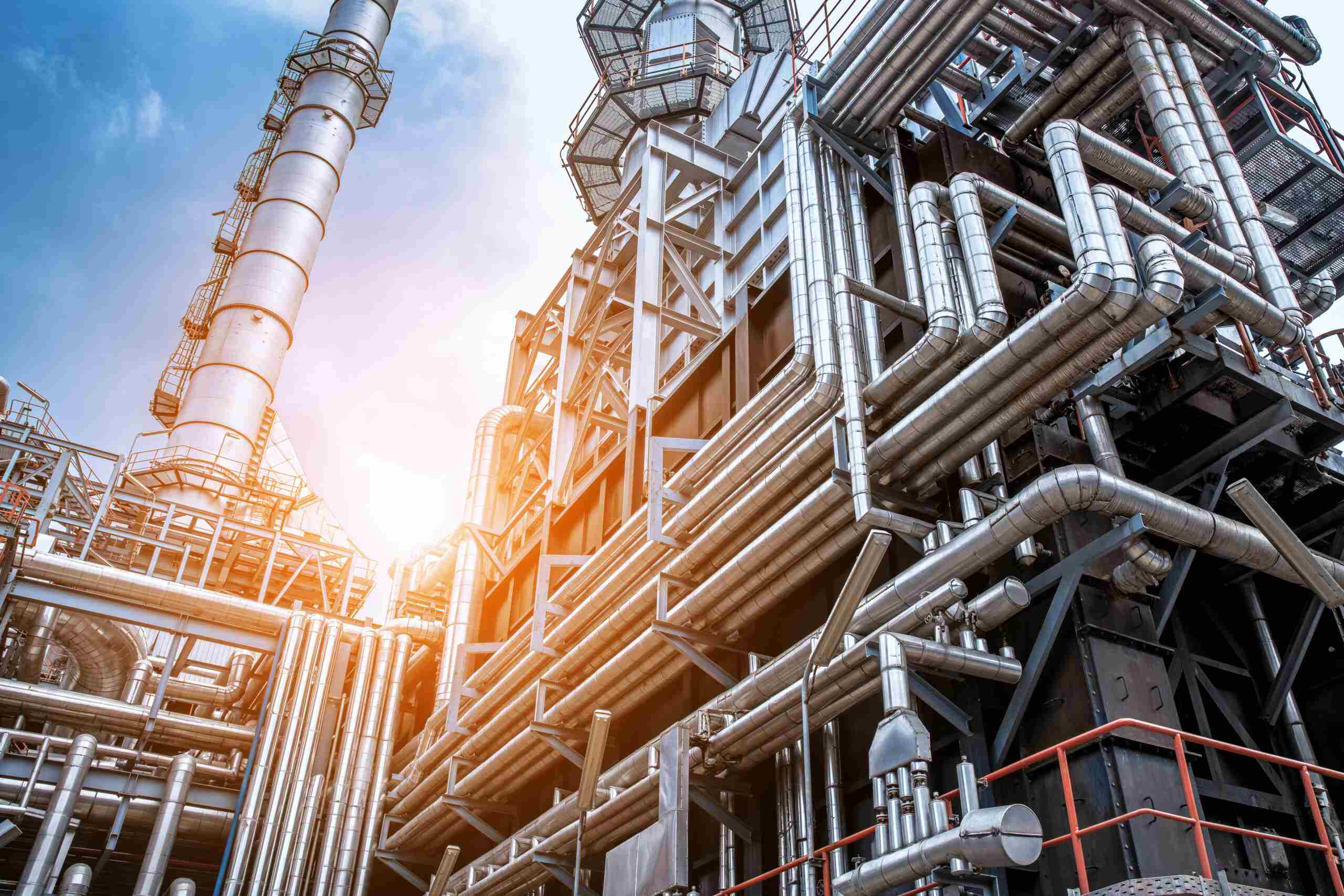
This marketplace is highly varied in both the wastes created and the energy demands. At the same time, we know from our own experiences this is a segment with great potential in repurposing wastes into clean energy, thus avoiding the use of non-sustainable fossil fuels.
enVerde uses carbon-based wastes for its waste-to-value process we call eVp. That would include many different materials that often end up in landfills or other locations where they can do harm to the environment. Examples of industrial wastes that would be candidates for our technology include:
- Plastics
- Paper
- Oils
- Organic chemicals
- Rubber
- Textiles
- Wood
- Biomass of all types
One of our solutions for those situations is providing a waste-to-power solution where the wastes become the source of energy for their processes and facilities. Waste costs are reduced, power/utility costs decrease, and in some scenarios, we have seen situations where more power is generated than used so they can sell the excess power they make back to the grid. Your environmental exposure decreases as well. This is a great winning combination: reduced wastes, utilities, and environmental challenges.
We also deal with organizations where their customers are looking for circular economy solutions. Not only can your own organization benefit from our technology but your own customers might as well.
Starting with carbon wastes, we can address your operating costs and environmental exposure with our tailored solutions. Contact us to discuss your opportunities!
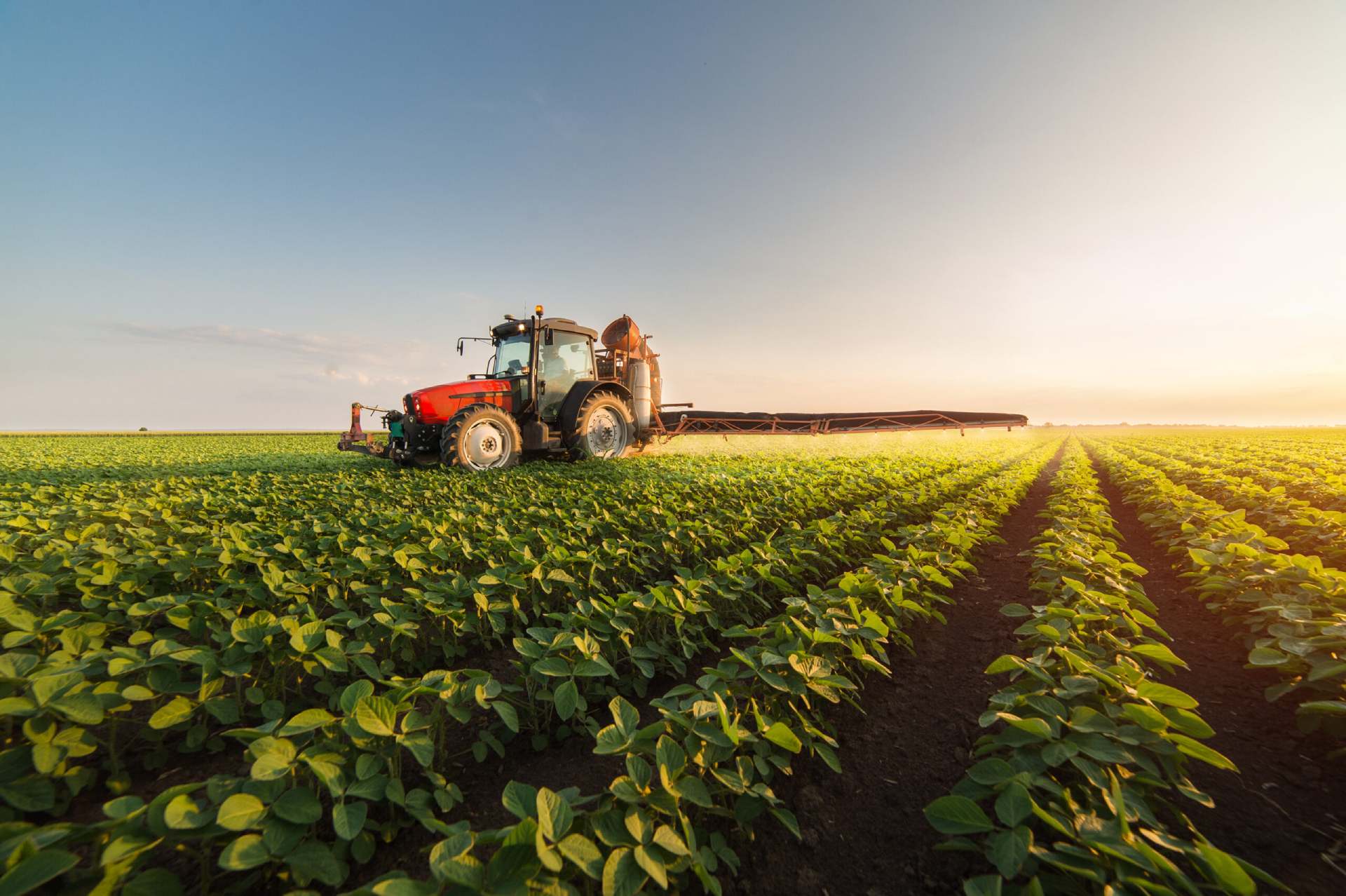
The global agricultural community are very heavily involved in carbon. Just about every activity centers around growing biomass in the forms of plants and animals. The ag community is critical in feeding the continually expanding people and animal populations to help us sustain life. It is a critical part of our ability to live and thrive. We look at the ecosystem from “farm to fork.”
This community also produces wastes from their processes, the vast majority of which are carbon-based (“organic”). Some examples include:
- Crop residues
- Food/beverage processing
- Food/beverage wastes
- Used oils
- Manure
Farms, processors, distributors/wholesalers, transportation, restaurants/food service, grocers, and households all use ag products and are all waste generators.
When food wastes biodegrade, they emit gases (from bacteria breaking down the food wastes) into the atmosphere. Unless those gases are properly captured, and most across the globe are not, those gases are contributing to the climate changes we are seeing in our world today.
enVerde can use the ag wastes as a feedstock for our gasification processes. That reduces the waste streams and creates a clean, non-fossil fuel source of energy for anyone in the “farm to fork” supply chain. From heating barns and building to warming water and making steam to powering generators, forklifts, and other equipment we can create a local source of clean energy for use at our waste partners or within the communities they serve.
In addition to making syngas and heat from ag wastes, syngas is an excellent chemical building block for making ammonia. 75% of the global ammonia supply goes to the ag community for fertilizer applications. So together we can create a circular economy solution by taking ag wastes, converting them to ammonia which in turn goes back into growing the next crop.
We would love to hear your waste, energy, and chemical challenges to see how we can provide an economically environmental solution that is truly sustainable! Let’s work together!
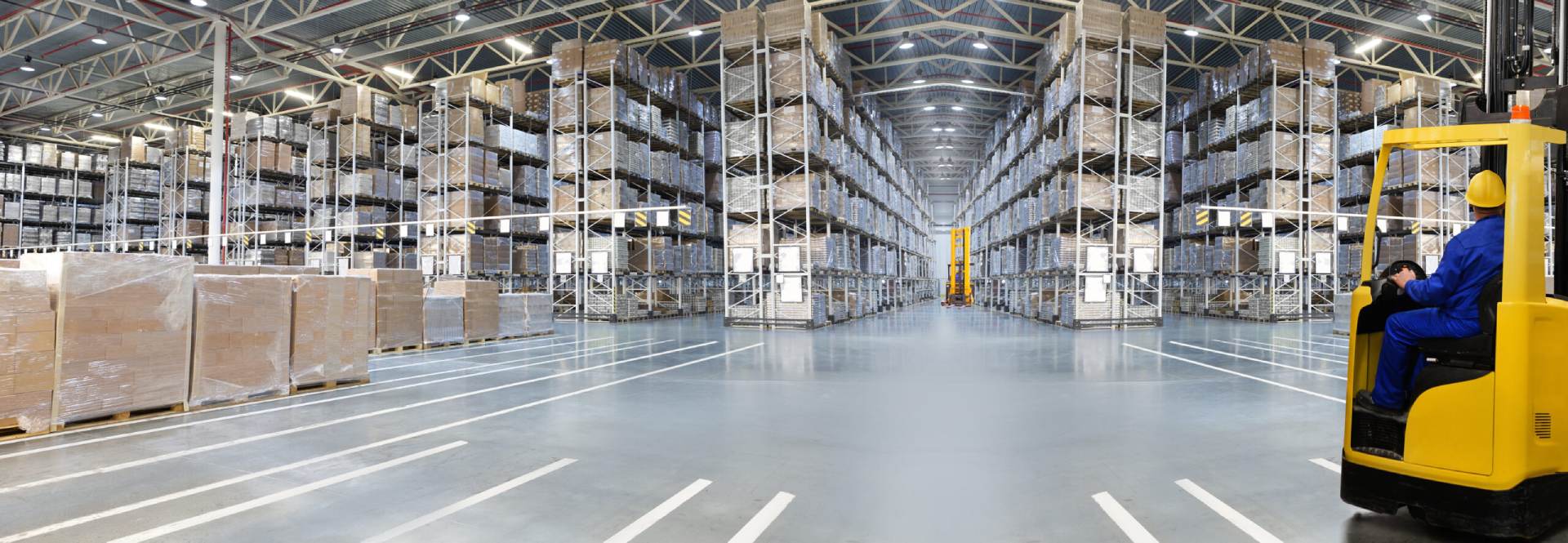

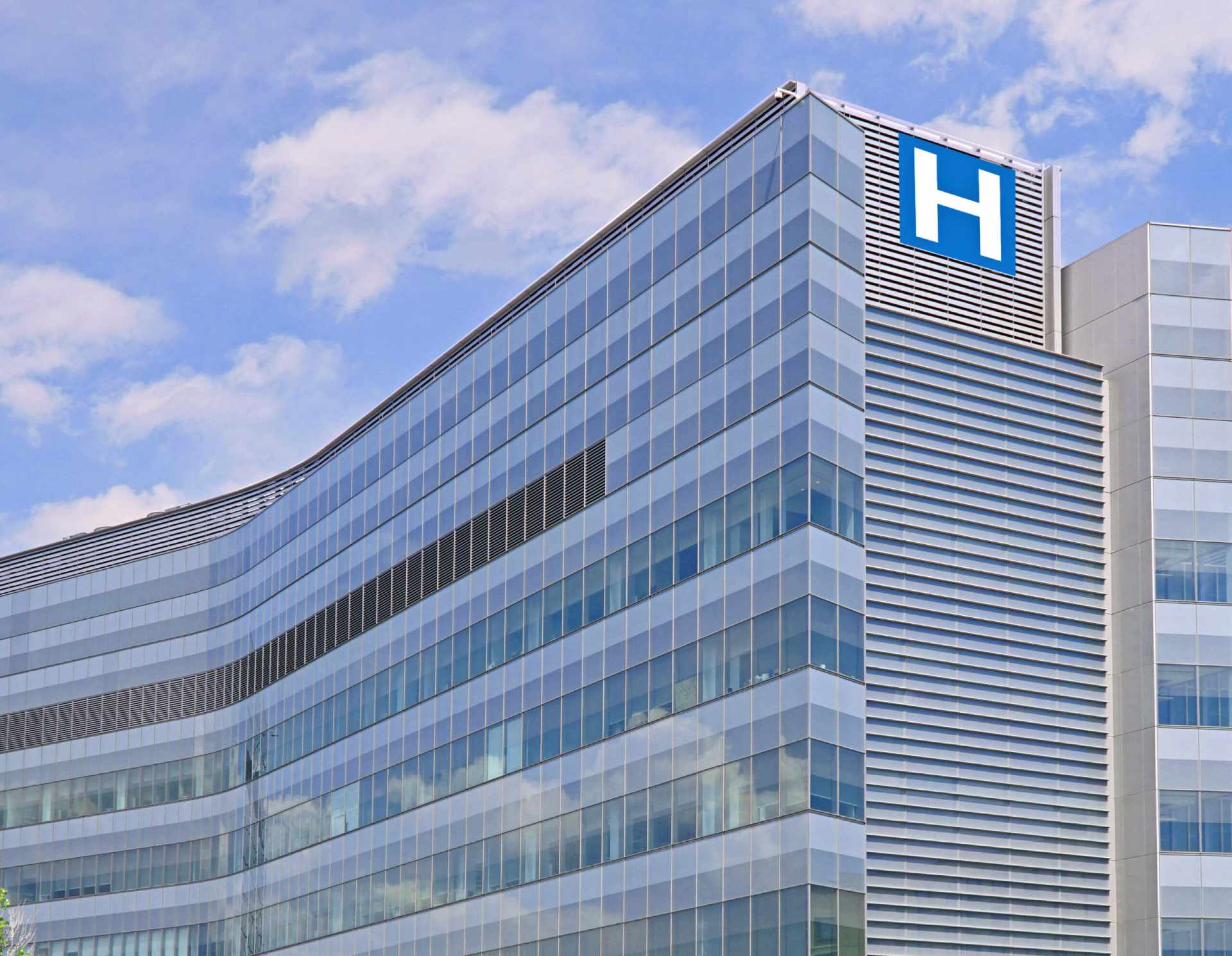
Commercial applications are wide-ranging and include office buildings and complexes, universities and colleges, warehouses and storage facilities, hotels, hospital campuses, and retail facilities of all types. Many of these institutions require power (electricity), heat, and air conditioning at a minimum for their energy needs and they produce many organic (carbon-based) wastes.
For example, if you are a retailer with distribution centers, you likely have stretch wrap, paper, assorted plastics, fiberboard, cardboard, and end-of-life pallets as waste streams. enVerde, by co-locating with you, can convert those wastes onsite into syngas and heat providing a clean energy source (syngas) for fueling an onsite power generator to make your own electricity for lights, air conditioners, control systems, automated warehousing systems, and software/computer/data banks. The heat from our process can heat the building(s), warm water, pre-heat boiler water, and even produce steam. These combined heat and power (CHP) systems are energy efficient and allow the users to reduce costs in waste management, utility expenses, and possibly even transportation fuels for fork trucks, yard trucks, and even fleets and last-mile delivery vehicles.
On a smaller scale, think of a coffee shop. Almost all of their wastes are carbon-based: food, food wrappers, still sticks, plastic utensils, even the coffee grounds and filters. While a coffee shop may not have enough volume on its own for an enVerde process unit, it can partner with other enVerde users and receive credits for using their wastes to generate clean energy and chemicals. We tailor solutions for the customer.
Universities, colleges, office, and hospital complexes all have significant food, plastic, and paper wastes as well as their own unique waste situations. We collaborate with you to determine environmental and economic outcomes that make sense and provide sustainable circular economy solutions wherever possible. District heating for campuses, power generation, or both may be the right solutions for your situation.
Our technology is scalable and enVerde’s gasification processes are designed for your needs so we maximize the positive environmental and economic outcomes for you and your sites/organizations.
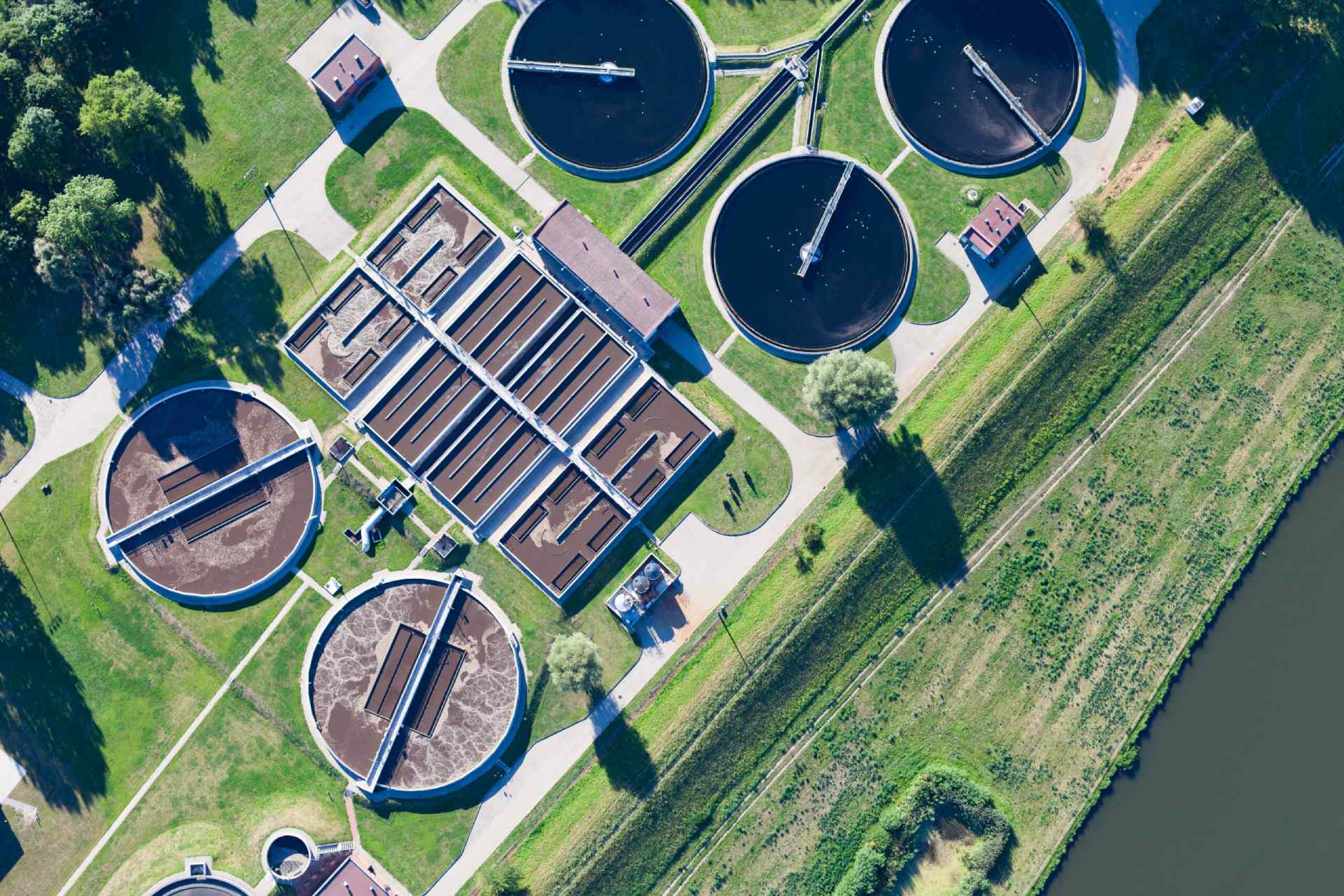
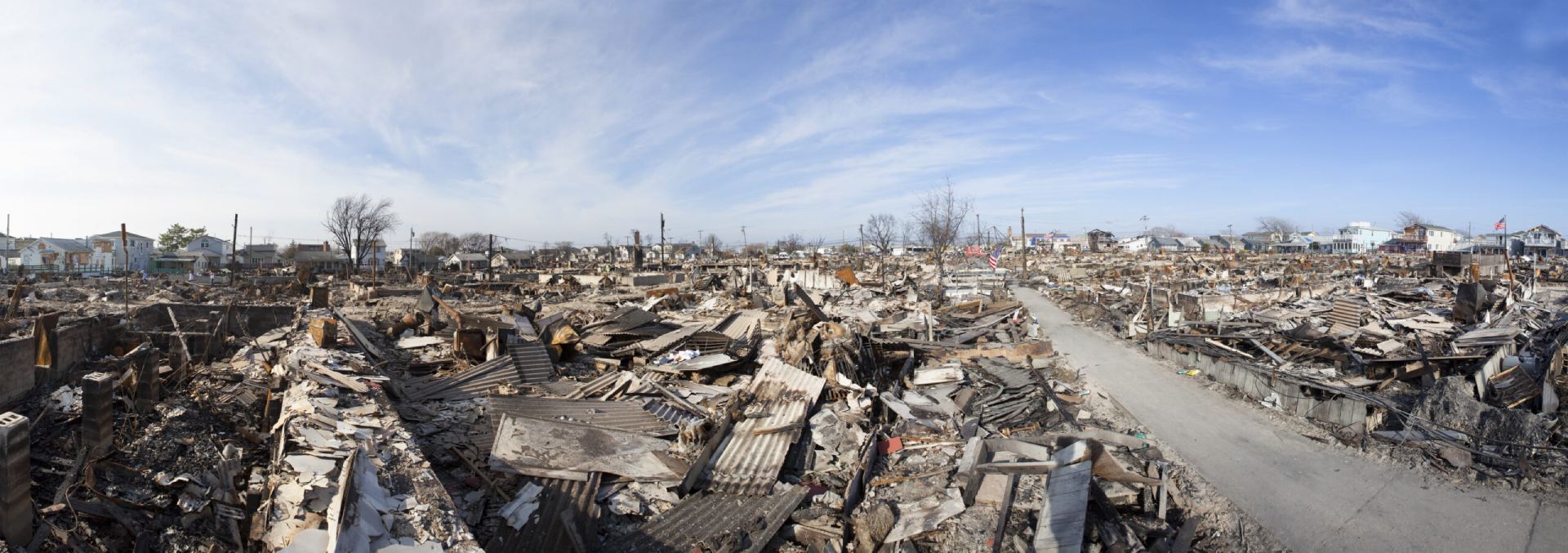
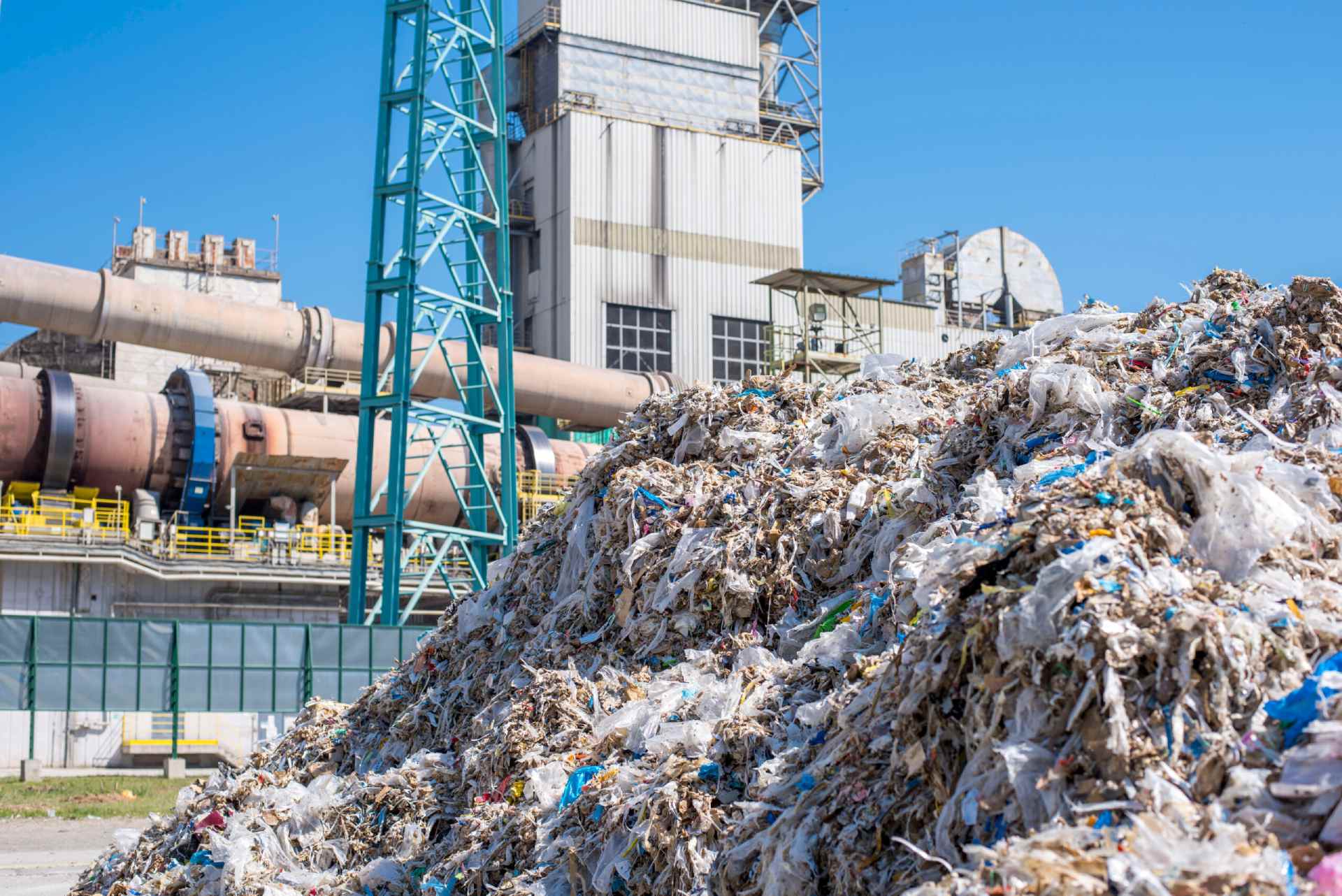
Often times local communities are responsible for managing a wide range of activities including waste streams and utilities including electricity. They have to do so without charging their citizens large sums to cover capital, supply chain, landfill, and other related operating costs that make them uncompetitive in the marketplace.
Some municipalities across the globe do not have the supply chain capabilities nor the access to capital that allows them the opportunity to manage a centralized waste management process or to afford and provide power generation to their citizens.
Municipalities have the awesome responsibilities to provide cost-effective solutions for their communities. It is not easy and we are here to be part of the solution. Municipalities can now provide locally sourced cleantech energy using their community wastes as the feedstock source. They do not have to be as dependent on fossil fuels lessening both their 3rd parry costs as well as their environmental carbon footprints. Using waste as an energy source decreases landfill space requirements, supply chain costs, and utility expenses while providing clean renewable energy and green chemicals. We can support growth opportunities or retrofits for your communities sized for your needs so you pay for what you need and not more.
Our technology can also be utilized during disaster relief activities. We can take the wastes from fires, floods, tornadoes, and hurricanes and use them as sources of energy to get communities back up and running by providing temporary or permanent electricity and heat to power generators, turbines, boiler systems, and other power supply sources.
enVerde would welcome exploring options with you on deploying our advanced waste-to-energy technology in your area.

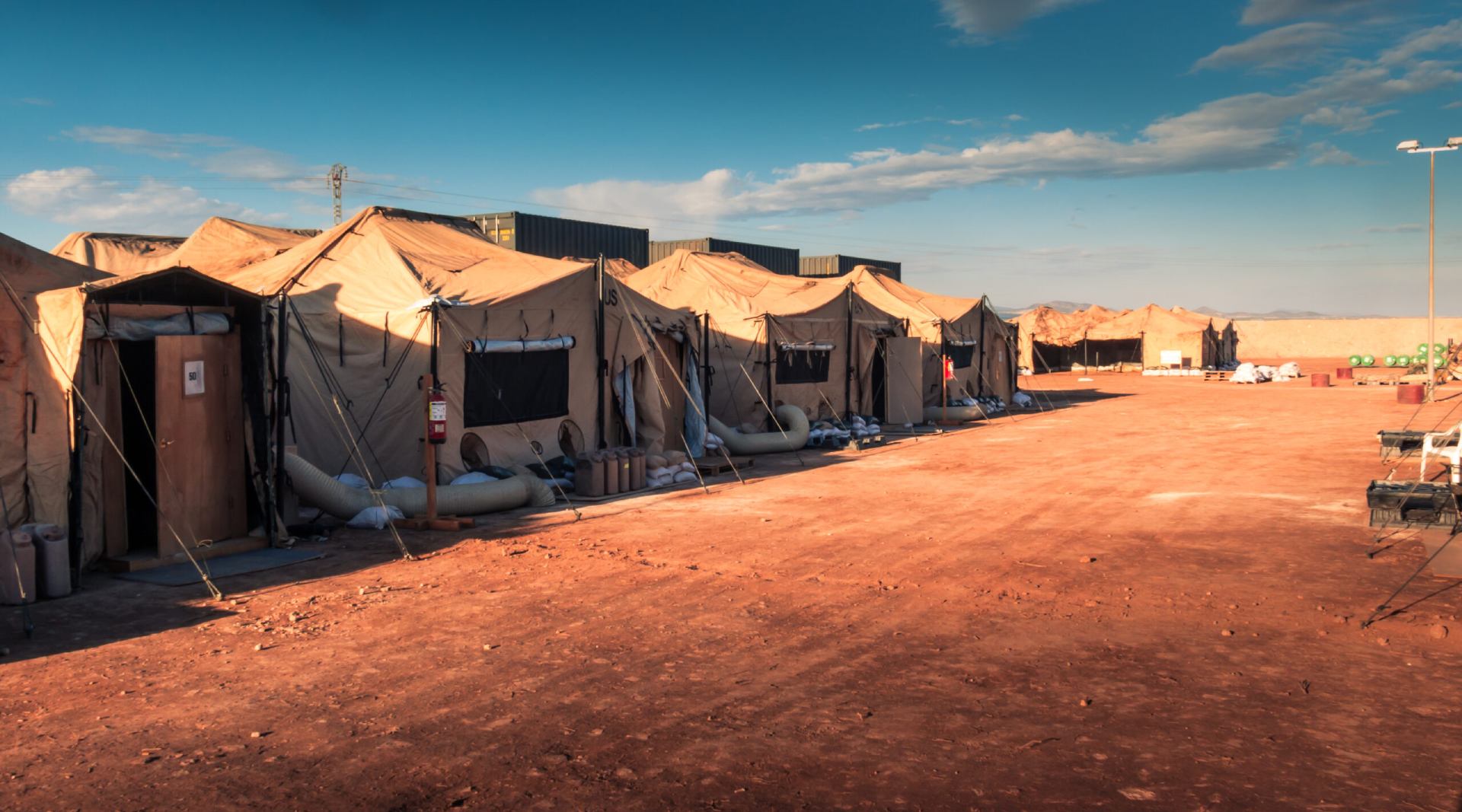

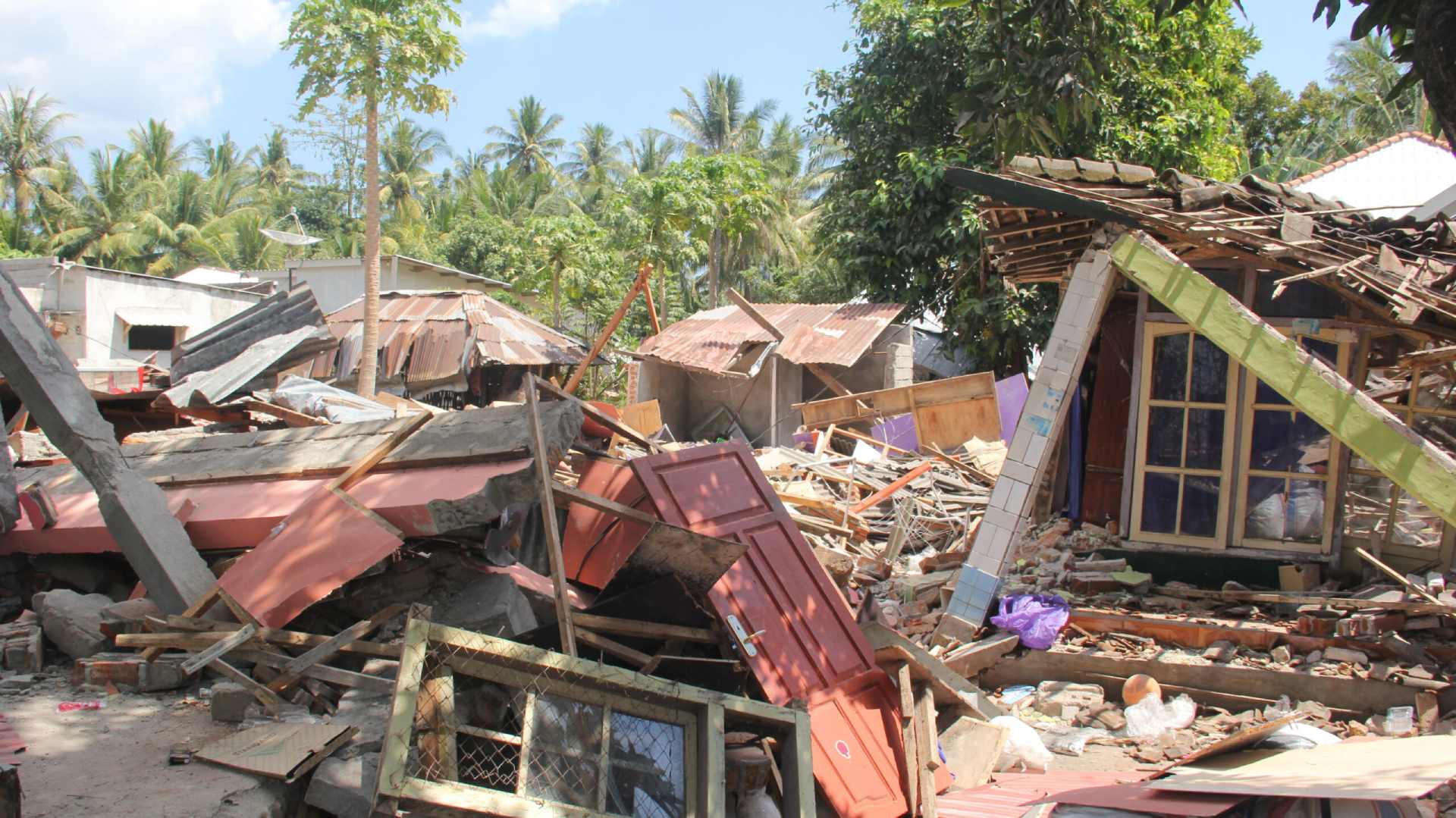
Governments at all levels, from local to national, manage assets that require energy and generate organic wastes. Governments also want to show leadership in utilizing processes that are good for the environment and financially responsible for the citizens they represent. That is where enVerde can help.
We can convert the wastes coming from cafeterias, offices, warehouses, service buildings, and the like into syngas and heat that can be used to power and condition the air of those very same facilities. enVerde can also partner with governments to help manage forests, public and national parks, museums, and common spaces so they are using cost-effective locally-sourced energy that reduces their waste costs and burdens while providing the power to operate these assets.
enVerde can also assist in some of the most challenging times governments face: disaster relief. Fires, floods, and severe weather such as droughts, tornadoes, and hurricanes can be devastating to communities. Often, they are without power for extended periods of time causing even more problems for the citizens of those communities. They can be ravaged by waste. enVerde’s mobile technology can be deployed to assist those communities to get back on their feet more quickly using the wastes from the disasters they have faced and putting it to use by making local sources of power than can get homes, essential services such as hospitals, grocers, fueling stations, businesses, and governments up and running. This is usually not an option for governments because such technology has not existed until now. Our ability to go to where the wastes are and convert them onsite is a huge advantage.
One other example of our potential is helping in the management of forests including those impacted by devastating fires. It can be costly to haul out woody biomass that has been damaged by raging fires. enVerde has the capability to go to those areas impacted and convert onsite the damaged biomass. By converting onsite (“densification”) we improve the economics and allow forests and communities to recover from their devastating events. New growth can prosper by removing the damaged biomass. Recovery is accelerated and the communities gain a source of clean green energy from our processes.
The military also faces many challenges. From a safety and security perspective, military bases across the globe want to be as self-sufficient as possible and decrease, if not eliminate, exits and entries from locations. It decreases the vulnerability a base has by limiting traffic. By using the wastes generated onsite as an energy and chemical source (green energy and chemicals too!), military installations can avoid burning wastes and shipping them to landfills. They can also make syngas and heat to power the bases and they can make other fuels for their transportation and equipment needs such as:
- Sustainable Aviation Fuels (SAFs) such as Syngas to Jet A processes using Fischer-Tropsch (FT) technology
- Hydrogen using syngas as a source of the hydrogen or, perhaps more importantly, using syngas as the green fuel for the electrolysis of water to make hydrogen
- Dimethyl Ether (DME), as a diesel fuel substitute, that does not form particulates in the air as conventional fossil diesel fuels do
- Fossil Fuel Replacements (FFRs) using Syngas to Green Fuel pathways via FT technology to make gasoline/petrol and distillate products
Reducing base wastes and making onsite energy decreases the costs, environmental impacts, and supply chain challenges the military faces. enVerde technology can be the enabler for self-sufficiency at military installations.

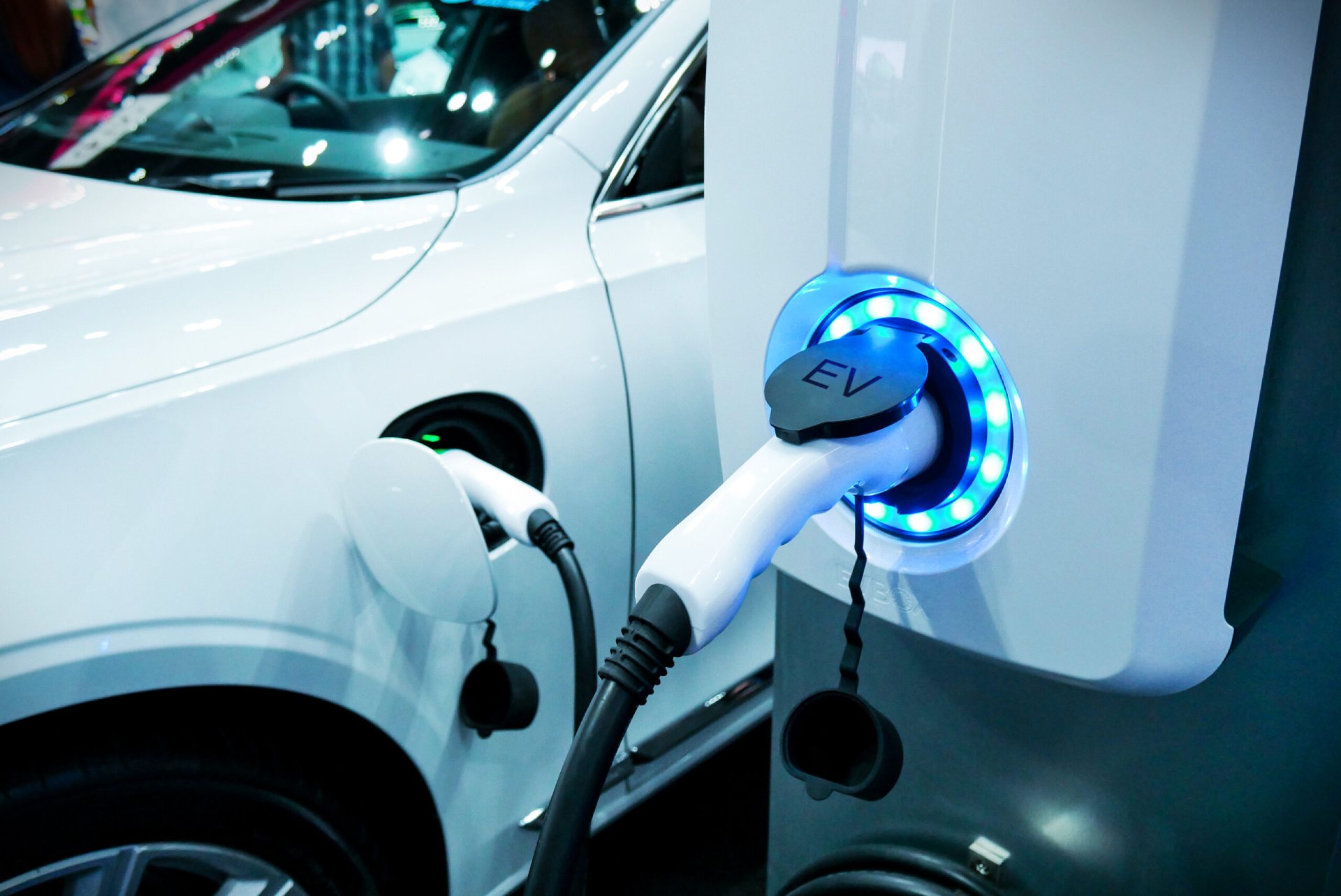
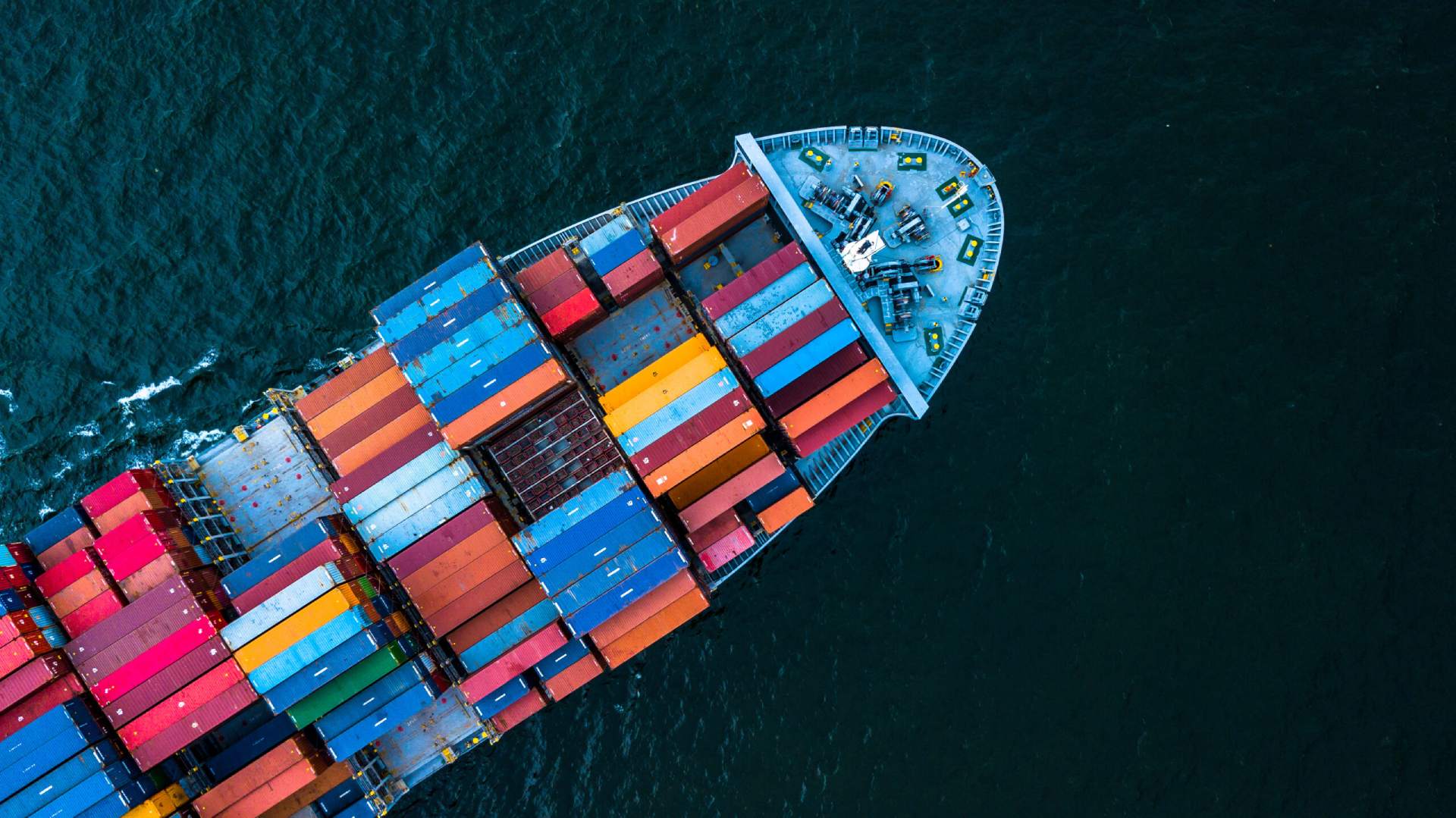
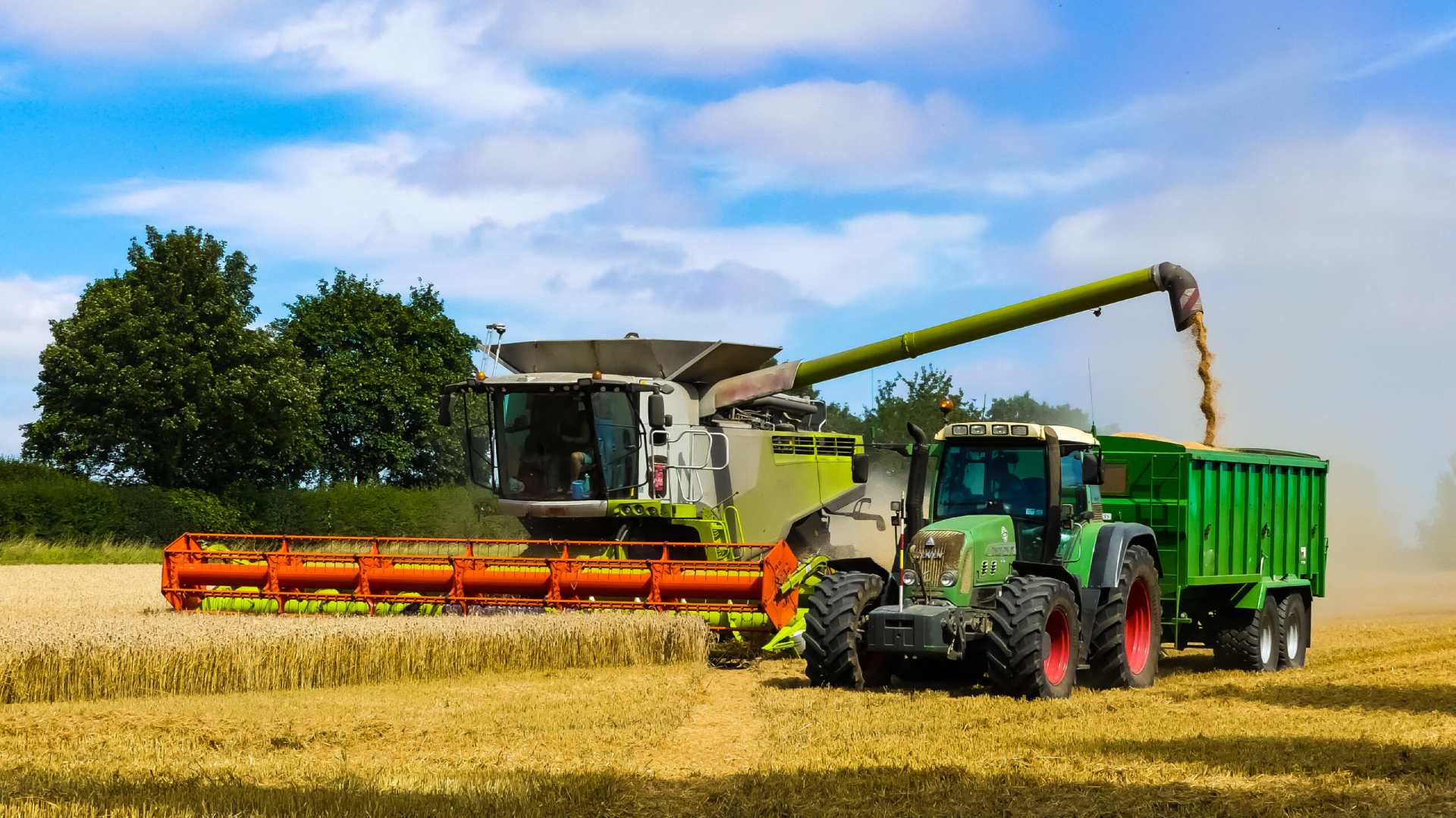



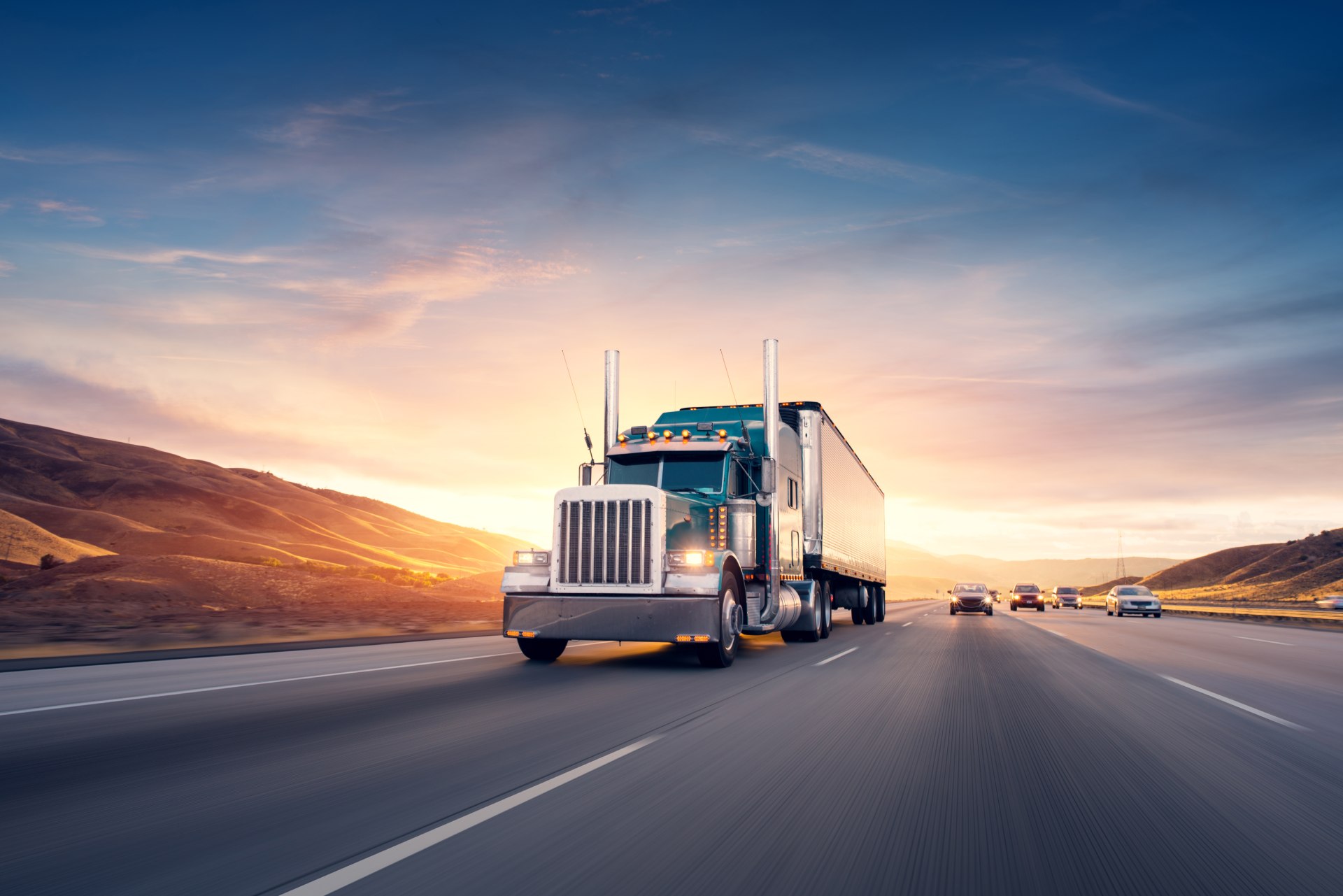

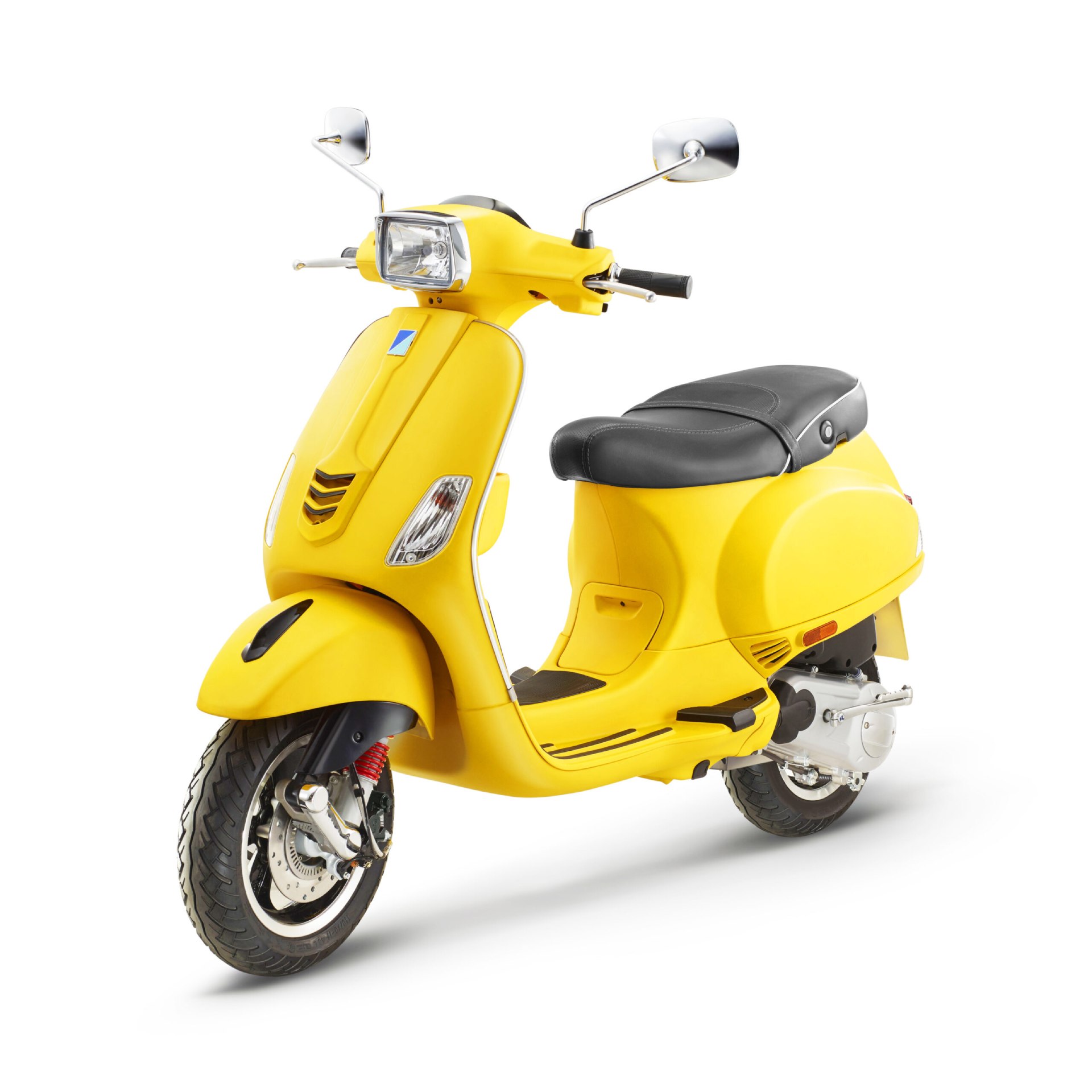

Until now our world has been highly dependent upon the use of fossil fuels for our transportation needs. This is a critical area to properly address because it is intertwined with many facets of life. Transportation impacts the ability of humankind to survive, grow, and prosper. From the movement of food and water, necessities for life, to goods and services of all types of transportation is too often overlooked for its impact on daily life.
As said before, transportation also contributes significantly to the increase in carbon we have in our environment. The increase in carbon inventory since the start of the Industrial Revolution has overwhelmed Nature’s ability to manage it without repercussions and consequences.
Economies and livelihoods depend on transportation. That is why we must manage this sector carefully so the transition to non-fossil fuel energy sources improves the environment and is economically viable.
enVerde’s syngas is not only a cleaner fuel to use in many applications such as power generation but it is also a building block for making green fuels and chemicals. These include but are not limited to:
- Hydrogen
- Ammonia
- Methanol
- Dimethyl Ether (DME)
- Sustainable Aviation Fuels (SAFs)
- Green Gasoline
- Green Diesel/Distillate Fuels
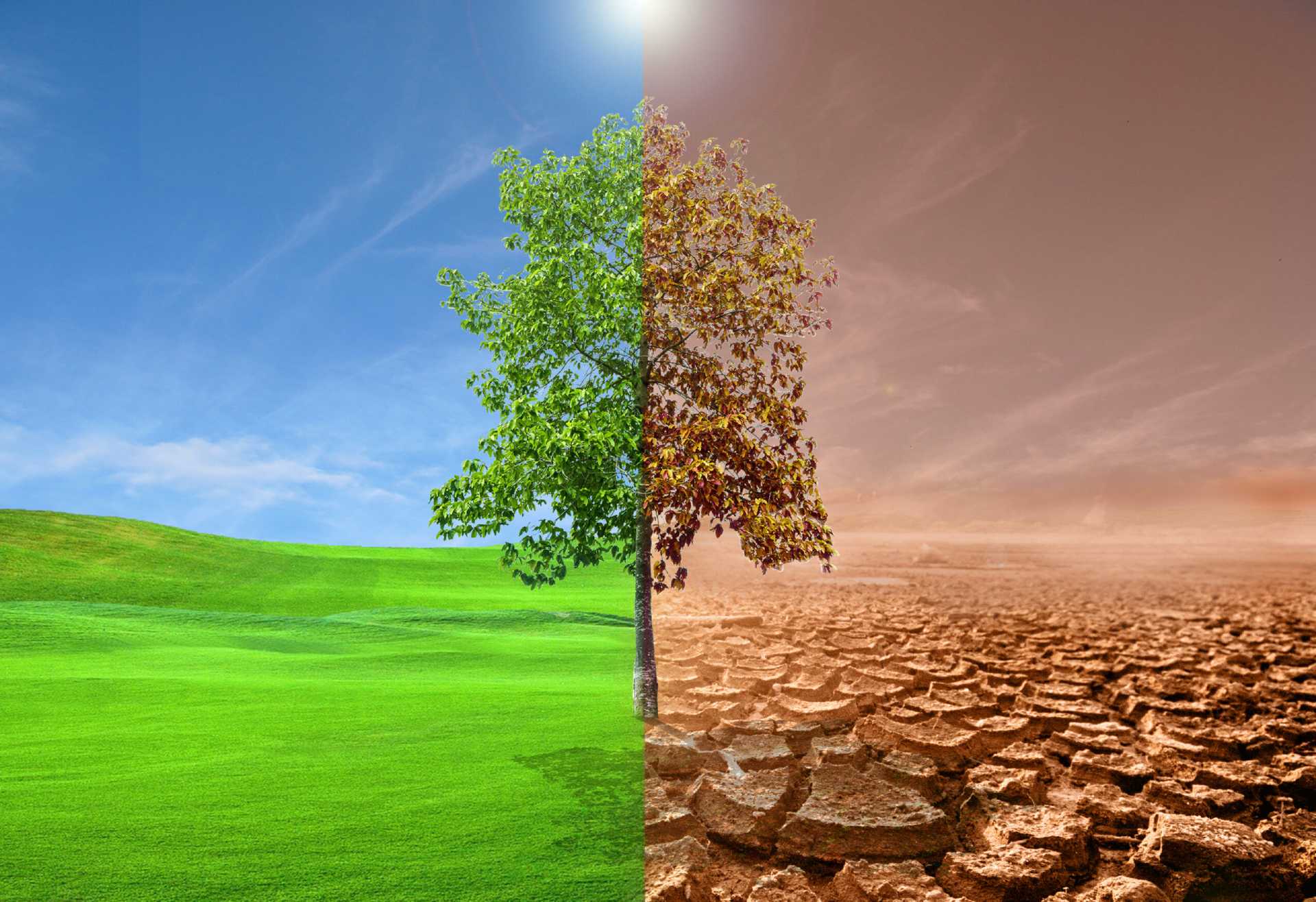


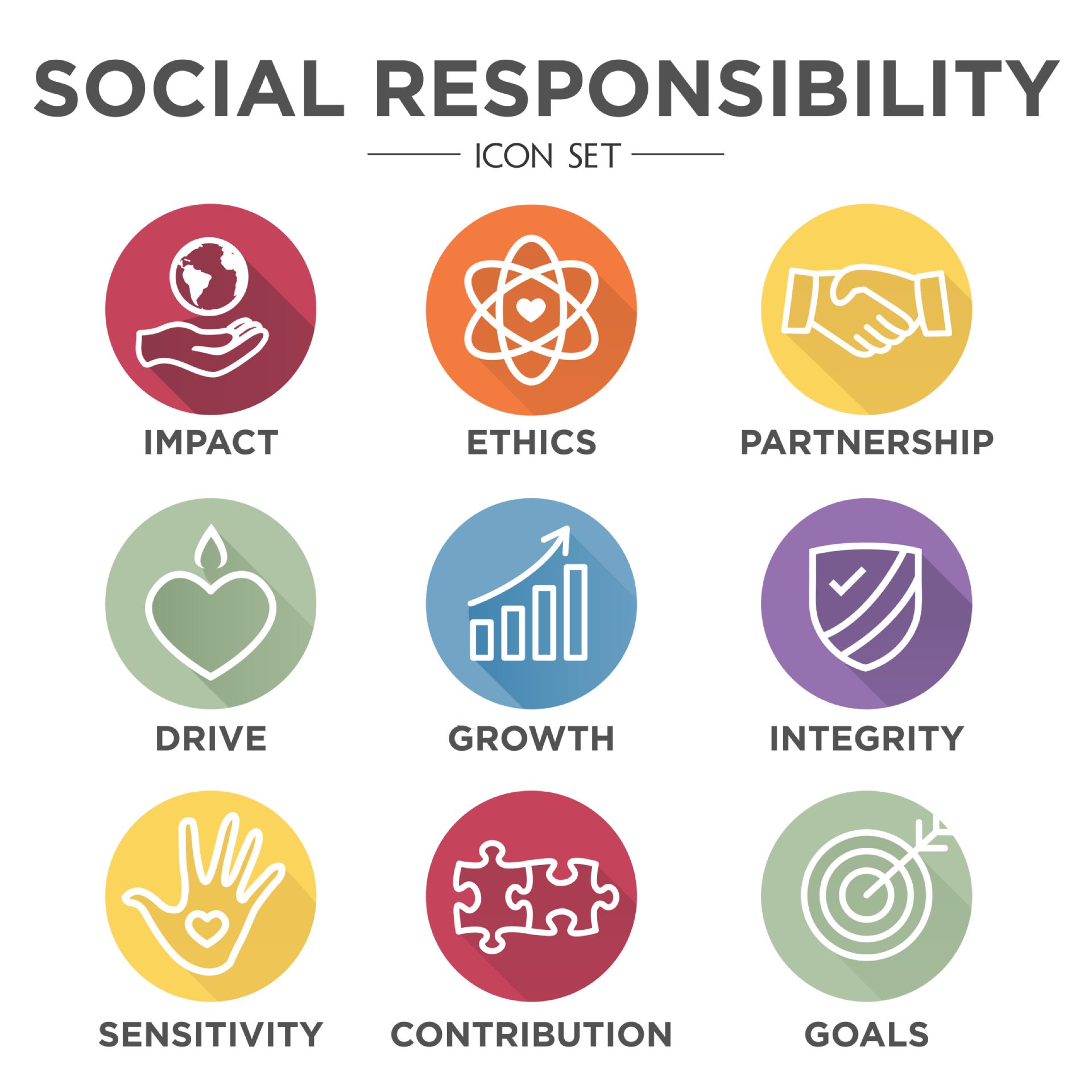


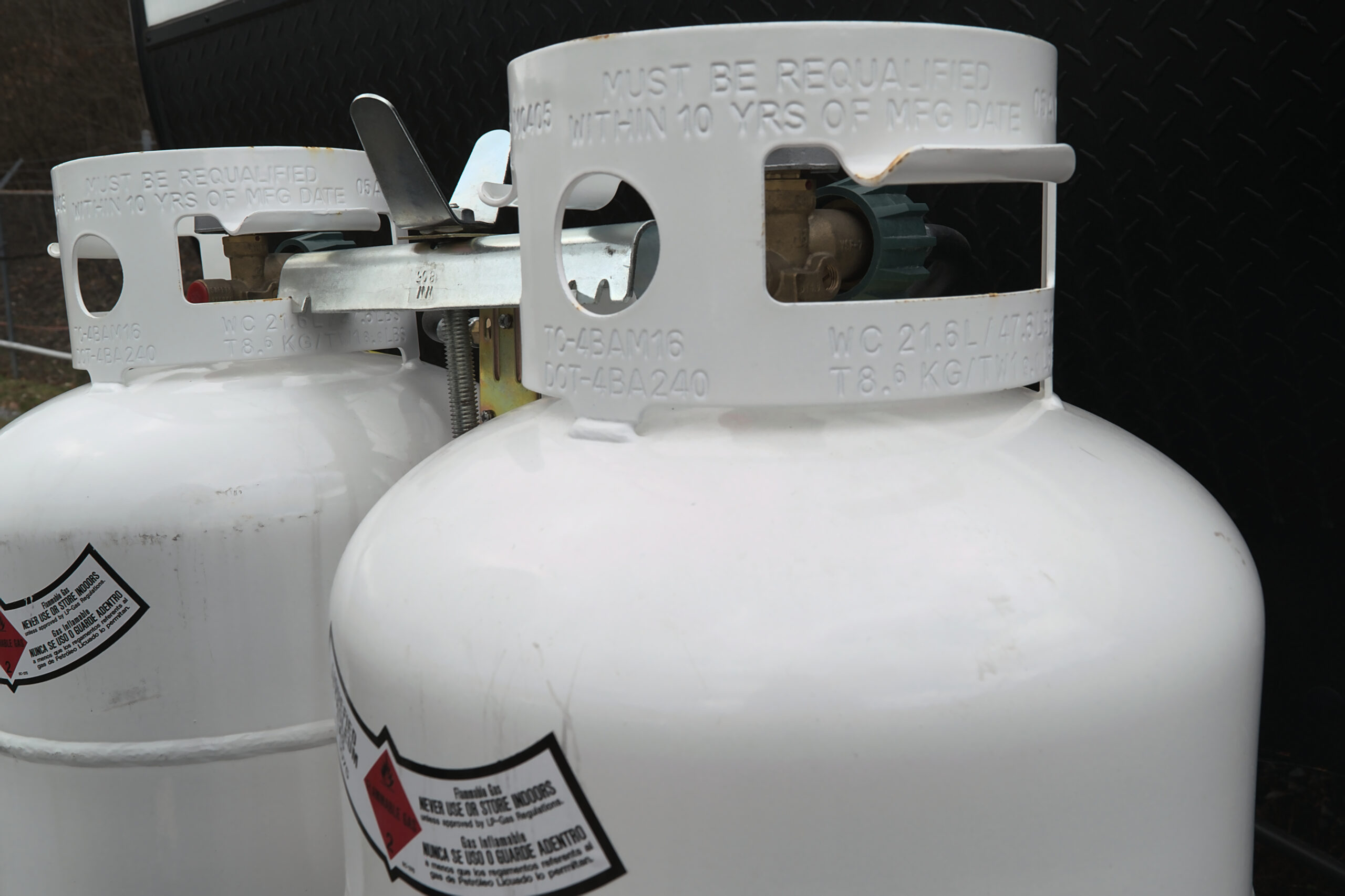
The demand for energy continues to grow and we already do not have enough resources to support the doubling in demand from 2020 to the year 2050. Already over 1.4 billion people, about the populations of the USA and China together, do not have ready access to electricity. Evidence of climate change is all around us (shrinking of the Arctic polar ice cap, decreases in glacier masses, rising ocean levels, more severe weather across the Earth) and our task of keeping the overall increase in average temperature less than 1.5 degrees C by 2050 is getting tougher every day.
Our challenge is to manage carbon differently. We have a carbon inventory problem and continuing to introduce new forms of carbon into our environment is the exact opposite of what we need to do. We cannot get rid of carbon in our lives as it is the element that defines life itself (all lifeforms are carbon-based). Our objective is to repurpose carbon wastes already in our environment so they serve a better use than polluting our environment and costing us resources.
Here are two critical facts that help us achieve our objectives of providing sustainable solutions that are better for the environment and are cost-effective:
1). Wherever there are people, plants, and animals there will be carbon wastes.
2). Carbon wastes contain stored energy.
enVerde’s solution is efficiently unlocking the stored sustainable energy in carbon-based wastes.
Our social impact can be almost infinite.
enVerde’s technology is mobile and scalable. That allows us to go many places where energy solutions could not go before. Now remote communities have the opportunity to have a local source of energy, clean energy, for their use. They take wastes that would normally contaminate their communities and transform them into electricity, heat, and fuels that can be sued to pump and clean water from distant sources. People can have lights where darkness exists. They have the capacity to safely store food so it will not spoil as quickly. Clean energy opens their ability to communicate with other communities. Their quality of life improves.
We provide solutions for disaster relief. We allow communities to be energy self-sufficient and decrease their dependence upon others. We decrease pollution and waste while providing clean sustainable energy. We provide circular economy solutions where they do not exist today. We can help reduce the plastics in our oceans and waterways by converting them into useful syngas and heat. We can help make the fertilizers agricultural communities need right in their communities.
Light where there is darkness. Clean water. Clean energy. Green chemicals.
We can help conquer the energy and environmental challenges of today by providing a cleaner and greener tomorrow.
That is social impact.
That is enVerde.
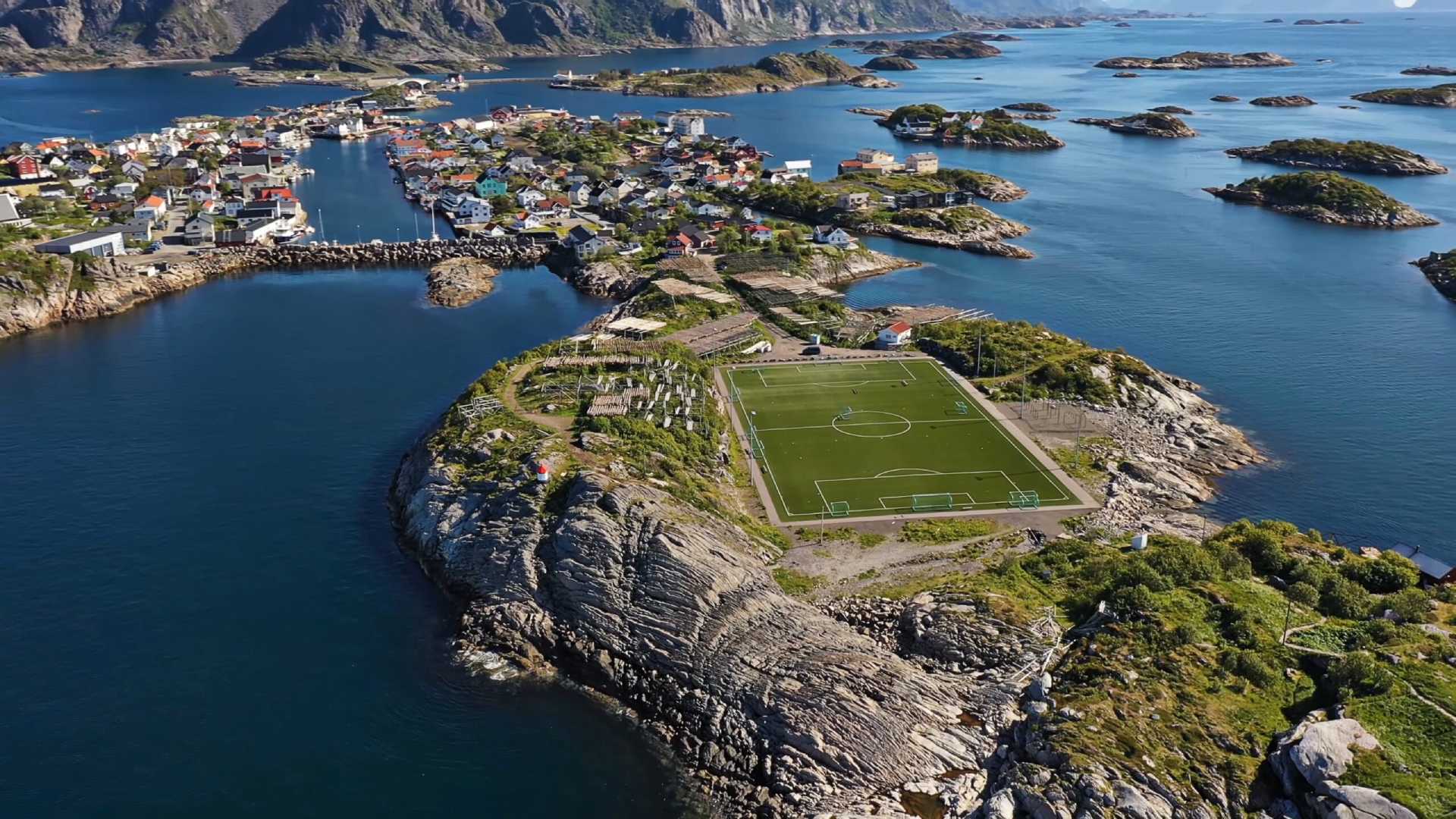

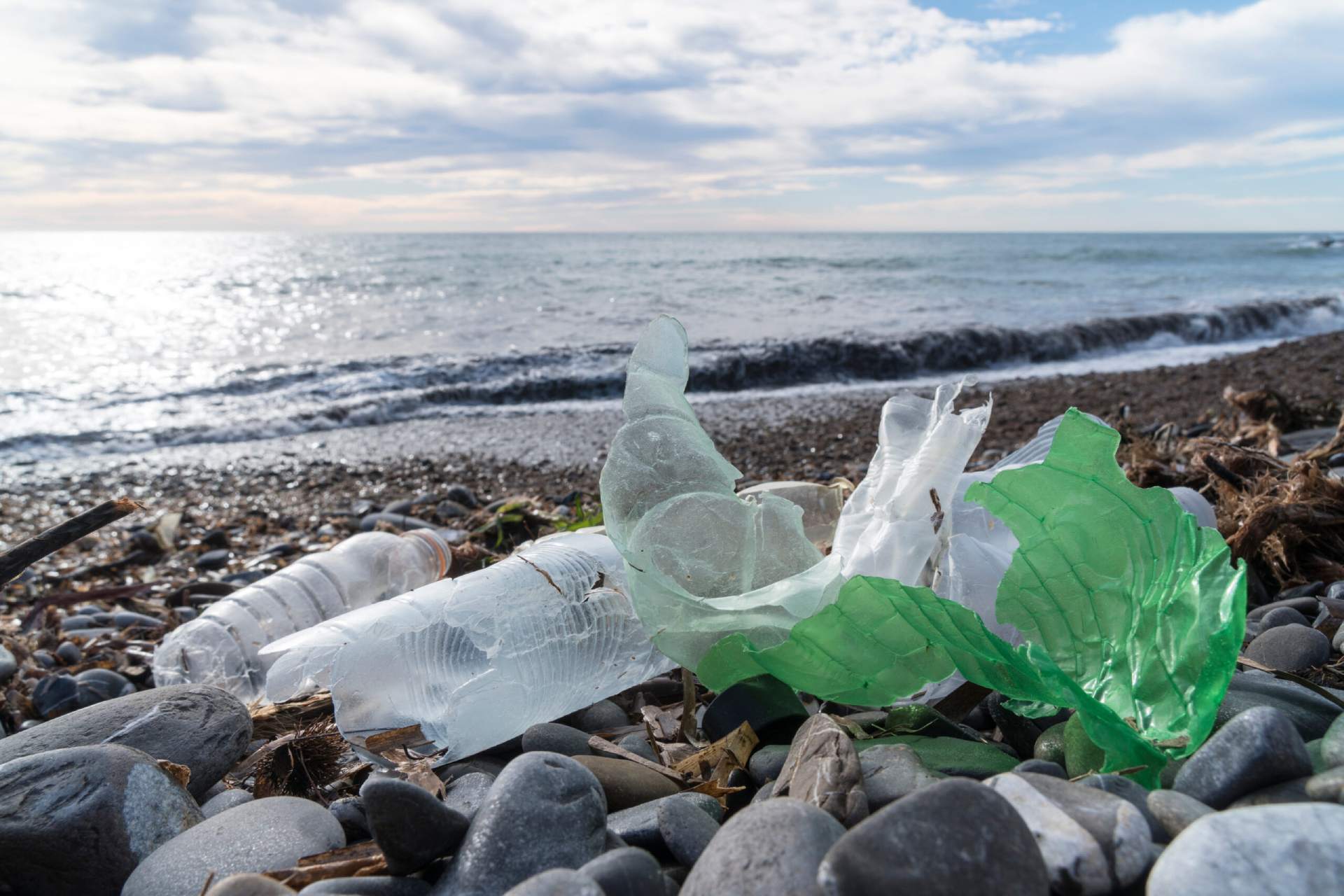

Island communities face unique challenges that mainland communities do not. Islands have limited resources and many costs others do not have to bear. For example, many island communities generate more waste than they can store on the islands. Those waste then have to be decreased through incineration (methods of which are often polluting) or transporting the wastes off the islands via ships at great expense. Islands are also often energy limited and have to import their energy, usually in the forms of fossil fuels, to power their communities. This is also costly due to the multiple modes of transportation and frequently the distances that have to be traveled. So, islanders frequently focus on solutions that allow them to be more self-sufficient and less dependent upon others.
Until lately, energy has not always been an area where islanders have had cost effective solutions let alone solutions that are good for the environment, something else we have found them to be very interested in accomplishing. enVerde can help. Our scalable technology allows us to provide circular economy energy solutions that have not been available in the past to island communities. By converting the organic wastes on islands into syngas and heat, we have the building blocks for self sufficient energy use for those communities. Biomass of all types, including food, wood, paper, and oils can all be feedstocks for the enVerde process. So can plastics and agriculture residues. By using wastes as an energy resource, islands can decrease their wastes and the associated costs managing those wastes. hey can decrease, and hopefully eliminate, their dependence on outside energy sources by becoming self-reliant using waste as an energy feedstock. That saves money by not having to pay others for energy. Wastes really do become an important resource for island communities with the right enabling technology and partnership with enVerde.
Island communities can also be devastated by natural disasters like hurricanes, earthquakes, and tsunamis. Those disasters not only impact power to the islands but they create massive amounts of wastes. enVerde can partner to help in these conditions by using the wastes as energy feedstocks and getting power restored more quickly to neighborhoods, and communities that often have to wait days, weeks, or even longer to get electricity restored. It is often difficult to evaluate from island communities before disaster strikes so the population densities can be higher or more isolated than mainland communities. Time is critical and enVerde believes our solutions can be a critical piece of the puzzle to get an island back up and running.
